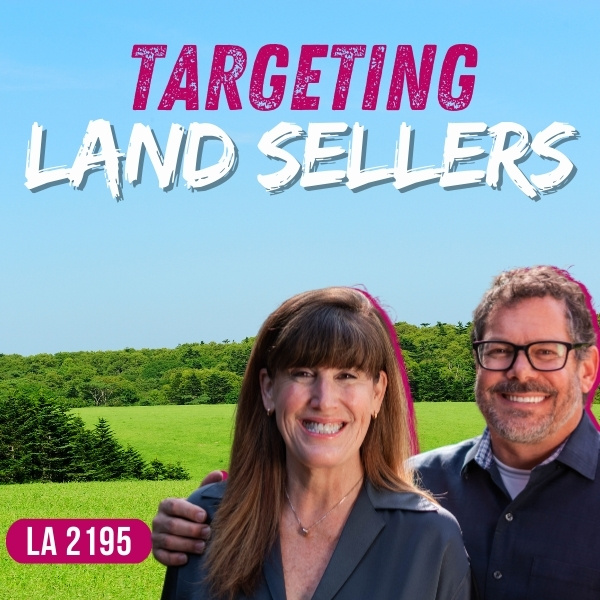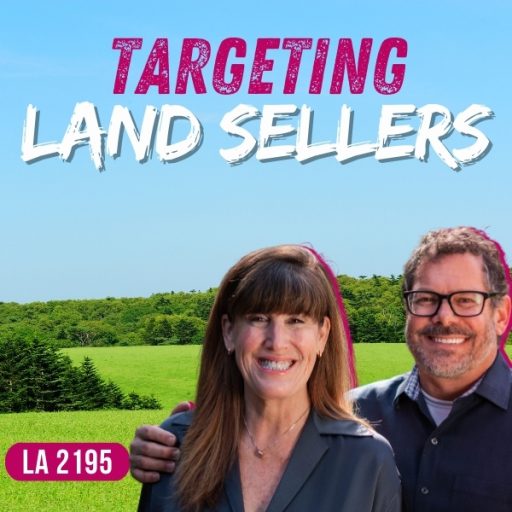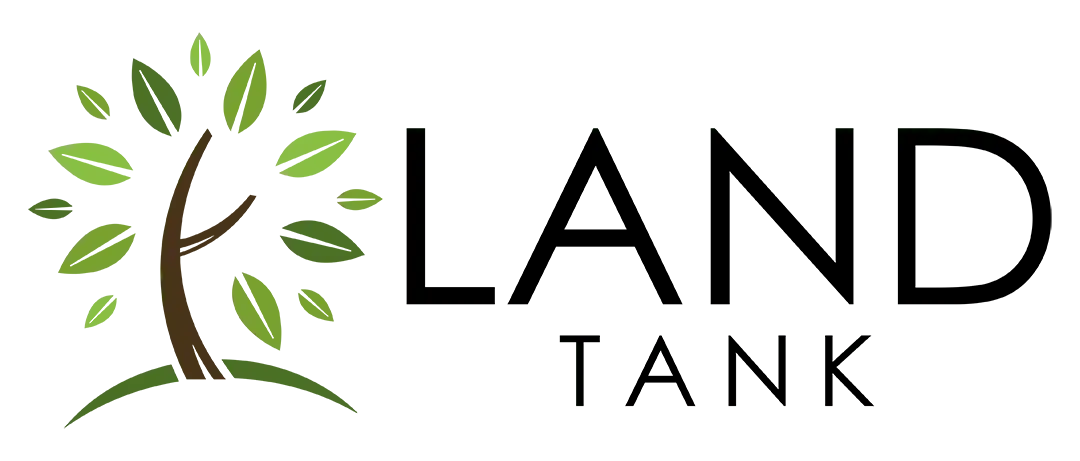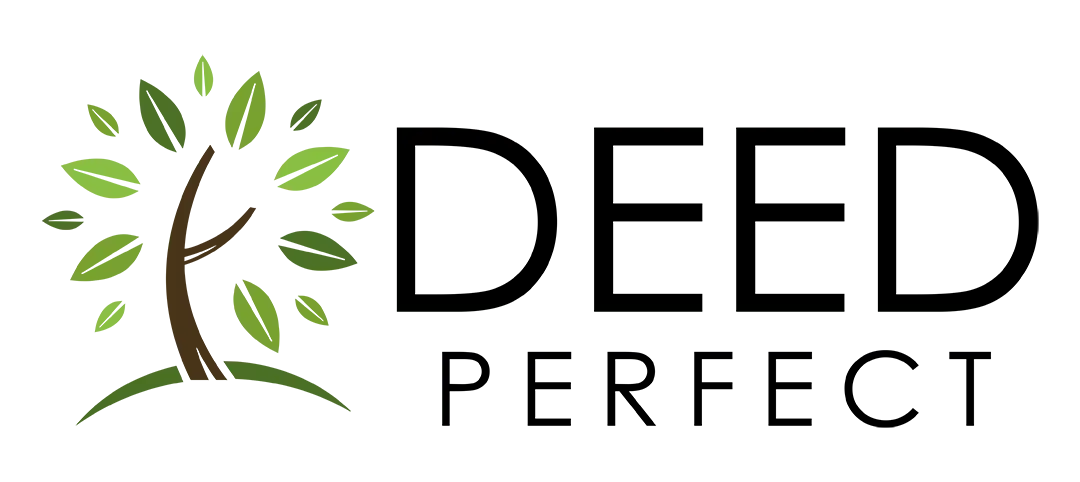This is episode number 2195. We’re talking about how to target land sellers who are most likely to sell their property below market value. We always want to do that. What’s different? Each day on the show, we answer a question from our Land Academy Member Discord forum and take a deep dive into land-related topics at your request.
This is a long, lengthy one. Am I going to read the whole thing?
I’m going to do it because I’m familiar with this topic.
You can extract the stuff that we don’t need to say out loud.
Local ZIP Code Price Trends & Volatility
This is a brilliant entry in Discord by two partners named Chris and Chris. “ZIP code by ZIP code, local price trends, and volatility,” and then here’s the question. That’s the topic. “Hi, everyone. Chris here. For at least a few months now, Jack has been educating the community about the recent macro real estate market trend.” This is a very timely discussion and a timely question.
“As he said, the US is headed into a recessionary region in the cycle. This trend will certainly affect pricing across the board.” “I’m thankful for Jack bringing this to our attention. It has made me dive deeper into localized trends. More specifically, I’ve been looking at price trends, price volatilities, and how much prices sway across all the ZIP codes within a state.” Smartest thing ever.
“Here’s what I found and why it’s something for you to think about when pricing your next mailer. As expected, ZIP codes do not all trend in the same direction. In my case, the trends are as high as a positive 32% change and as low as a minus 12% change. Price volatility can swing from 0.08%,” which is his interpretation of a very stable market, “To 49%, which is highly unstable.”
I’m going to put a little entry in here. Personally, inefficient markets are why we make money. I want to see volatility. I want to see strangeness, and then I want to extrapolate, which is what he’s trying to do here. I personally extrapolate a bunch of stuff that Jill doesn’t know about and choose a market. As a Land Academy member, I discuss all this stuff in chapters 3 and 4.
Let’s continue. He’s saying to himself, “Chris, that’s great, but what does it mean for my pricing, you might be saying? Here’s an example of a recent deal. We were considering 2.1 acres with an estimated retail value of $168,000 in change. In ZIP code A, the price trend is positive 5% increase. The volatility is 11%. In ZIP code B, the trend is a negative 11% with a volatility of 14%.
Let’s assume that we’re evaluating the same property, 2.1 acres with a retail value of $160,000-plus, to make it a little easier to make the point about the effects of trends and volatility. This thing that you came up with is slightly brilliant. I created a simulation to estimate the retail price after three months. Here are the results. In ZIP code A, the price is estimated to increase to $191,000. In ZIP code B, the price is scheduled to decrease to $113,000, originally starting out at $170,000.” Here’s his final comment. “If I’m doing the deal in ZIP code B, I need to account for the selling price near $113,000 and price the acquisition accordingly.” You need to do the same thing in A also.
I brought up the laborious concept for everyone. I love these models. They don’t make any money. This is what you need to do in this market, and please retain this after that lengthy description. Chris and Chris, you guys are brilliant. Don’t stop what you’re doing. Add to what you’re doing what I’m about to say.
Let’s say in every ZIP code, there is what I would call a dollar break point. Here’s an example. Let’s use Old Town Scottsdale, because we always pick Old Town Scottsdale. It’s not a good place to buy houses or land. It is ZIP code 85251. I know because we look at property there for fun for ourselves all the time, and we own a lot of property there.
The Dollar Break Point Strategy
The break point to buy an SFR, for example, is approximately $600,000. Does that mean a $ 14,000-square-foot house? No. It means the break point dollar point to enter the market, no matter who you are, and forget about the asset, is about $600,000. Everything that’s listed in 85251 below $600,000, let’s say $550,000, gets sold. It gets listed, and it gets sold almost immediately. What do we do if we’re going to buy something in that ZIP code or any ZIP code, for that matter? We buy below the dollar breakpoint. The exact same thing applies to land.
While this model is awesome to talk about for most people, except Jill, it’s not going to make any money. I don’t know if $113,000 or $190,000 is going to happen in 3 months for a $160,000 asset, but I do know if I buy a property below the dollar break point, substantially below it, because somebody’s experiencing a life event, we’re going to make a ton of money. That’s what I want you to focus on in 2025. When a market is on the way up value-wise, you can get away with buying property above that break point and do fine because it’s on its way up. There’s a feeding frenzy like we had in 2020. I hope that’s super clear. The model is great. Buy below the break point.
Thank you.
The topic is how to target land sellers who are most likely to sell below market value.
I was going to add to the question. I innately do it, but for me, it’s experience.
I agree.
That’s one of the beautiful things about Land Academy. We have done markets all over the country ourselves. You taught me everything, getting rolling. With the deal funding and all the deals that our community is doing, I have that much more experience. Every member who shows up on our Thursday calls is learning about all these areas that are not mailing.
You might be a pro in Tennessee, but when you’re on the member call with us on Thursdays, you’re learning about Connecticut, Nevada, Oregon, and fill in the blank, because we look at deals that everybody’s doing. I appreciate this. This is brilliant, what you guys did, Chris and Chris. I love it. Don’t change a thing. It’s getting you to where you need to be. In a few months from now, especially if you hang out in one area, you’re already going to know. Your gut is going to tell you, and the math is going to back it up. That’s it.
There are a lot of comments I could have included in these topics. I partially included this one in there because I am personally proud that we attract members, Land Academy members, at this level of intelligence and enthusiasm. The delivery of this whole concept was probably better than I would’ve delivered it myself. In fact, for sure it is. It’s a very valid, “Let’s look at the data.” On top of that, I want you to have a test for reason or a common sense test to see if it’s priced above or below the market.
Do you know what I would do, too? Whether it’s ZIP code A or ZIP code B, I take the worst of the two and then try to hit that. If I’m accounting for the horribleness of ZIP code B, and then I picked up a property at my pricing in ZIP code A, and it keeps going up like that, I win. That’s what happens sometimes.
You could not have said that better.
Thank you.
That’s exactly what I was thinking.
How do we target the land sellers that are most likely to sell below market value? This is all about you. This is Jack.
Number one, you don’t want to play in a market where you do everything correctly and you don’t make any money. Step one is to analyze the market. It’s not so much how you target the land sellers. You’ve got to look at the market first. You want to find a market that passes the Ted, Green, Yellow test well. Even though we’re in recessionary times and there’s a lot of inventory or a ton of property on the market, I still want to know that the market is not stagnating.
I want to know if I buy a piece of property that is $100,000 below the break point, whether it’s a house or a piece of land, whether the market will absorb it, because there are a lot of people buying and selling property there. I don’t want a stagnant market. When times are highfalutin, everybody’s buying and selling real estate, and it’s going at lightning speed, that market type of market is very forgiving. I can make a bunch of acquisition mistakes, and I’m still probably going to do okay. You want to be in a market where things are moving and they’re not stagnant. Buy below that so that the minute you list it, it’s going to sell.
Life Circumstances & Market Momentum
First, how do I target land sellers who are most likely to sell? I first look at the market that they’re in because I want to know what’s going to happen after I buy it. Check. Number two, there’s a life circumstance that is a trigger for people to sell their property below value to people like us or to people like you. That life trigger from all data sources that are available to me, unless I start digging hard, which I don’t want to because I don’t want to work that hard, is not available.
If I’ve identified a market that I know what’s going to happen when I list a property, and I know what it’s going to sell for within reason, everybody gets an offer. There might be 13,000 logical people who own a piece of property in a ZIP code, which is a pretty big ZIP code, and they’re all getting an offer from us. I know the market’s great. For that offer, if it’s land, I can double my money, and if it’s a house, I can make $100,000 cash.
Your thoughts would be, “Let’s make this easy. Where would a lot of sellers be most likely to sell below? Flooded markets, because then, they’re happy to get anything,” which is not wrong, going by that. If the market is flooded, there are so many properties, and they’re happy to take an offer because they’re only getting how many views on the other properties that are listed.
That stands to reason that you could get a cheap price. The thing you have to watch out for, which Jack is great at, is that you don’t want to hit a market that’s going down and it’s going to continue to go down, and we don’t know when it’s going to come back or if it comes back. For example, can we all buy cheap houses in Detroit? Yeah. We could for years.
It goes without saying.
I hate to pick on Detroit, but there are other areas like that in the country where it is a tough place to make money. Detroit is a good example because it’s a city. There are a lot of properties. Especially when it was all going down, there were lots of things, and it’s sad. You have to weigh if it’s still a growing community and the things are going to last, and you have to do a little more homework to make sure.
Here’s a fifth-grade description. In any given market, people are buying and selling $600,000 assets. That seems to be like the top of the bell curve. Things that are listed for $700,000 stay on the market for a long time. Things at $800,000 stay on the market for years. After that, it’s a specialty property that is not conducive to our business model. $600,000 seems to be the magic part. Everything below that, around $500,000, sells pretty quickly. Congratulations. You want to be below $500,000. You want to buy a property for $430,000 and sell it for $500,000, maybe $499,000. That’s what you want.
For land, even less.
That could be land, too.
If I’m selling something for $400,000, I’m buying it for $150,000.
People may ask, “How do you target these sellers that are most likely to sell at this price that you’re talking about?” Everybody gets an offer. Everyone who’s a logical seller gets an offer. You let the mail do its job. The two, three, or eight people who are having a life event call Jill back, and Jill makes friends with them, and we get a deal done. That’s how we do this.
That ties into what we’re going to talk about in the next episode. You said canvas the area. In the next episode, I’m going to tell you what to say right out of the gate.
Join us in the next episode where Jill discusses the first three questions to ask as a land seller when you get them on the phone. You are not alone in your real estate ambition. We are Jack and Jill, information and inspiration to buy undervalued property.















